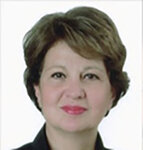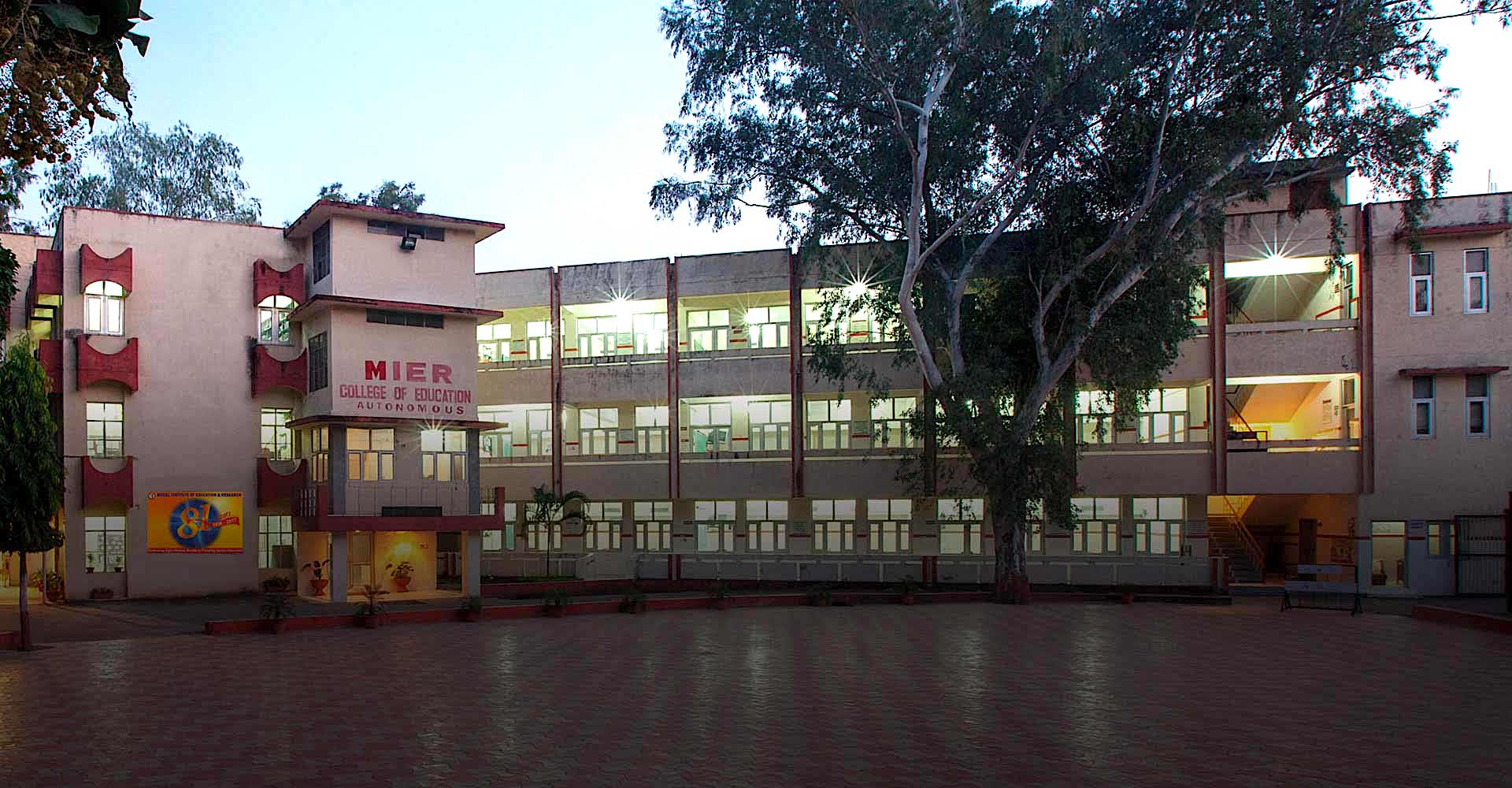Perceptions of Pre-Service Teachers Regarding the Model Eliciting Activities
DOI:
https://doi.org/10.52634/mier/2021/v11/i2/1988Keywords:
Mathematical Modelling, Modelling Principles, Model Eliciting Activities, Pre service TeachersAbstract
This study aims to examine the perceptions of pre-service mathematics teachers about mathematical modelling activities. Participants of the study comprised 23 pre-service mathematics teachers who undertook a course on mathematical modelling. A 12-hour mathematical modelling course revealed the perceptions of participants. After it, the participants found/developed a modelling problem and explained why they evaluated it as a model eliciting activity (MEA). MEA found/developed by participants were examined by taking the principles of developing MEA into consideration. Results showed that many participants considered having more than one solution, the principle based on real-life context, and suitability for group work for MEA. The participants did not focus on the model documentation principle. Based on this result, faculty members can help pre-service teachers by using activities that can be considered appropriate for this principle in modelling education.
Downloads
Metrics
Downloads
Published
How to Cite
Issue
Section
License
Copyright (c) 2021 Yasemin Saglam Kaya

This work is licensed under a Creative Commons Attribution 4.0 International License.
The articles published in the MIER Journal of Educational Studies, Trends and Practics (MJESTP) are distributed under the terms of the Creative Commons Attribution License (CC BY 4.0), which permits unrestricted use, distribution, and reproduction in any medium, provided the original author and source are credited.
- Copyright on any open access article in the MIER Journal of Educational Studies, Trends and Practics (MJESTP) published by Model Institute of Education and Research (MIER) is retained by the author(s).
- Author(s) grant MIER a license to publish the article and identify himself/herself/themselves as the original publisher.
- Authors also grant any third party the right to use the article freely as long as its integrity is maintained and its original authors, citation details and publisher are identified.
- The Creative Commons Attribution License 4.0 formalizes these and other terms and conditions of publishing articles.
References
Blum, W. (2011). Can Modelling Be Taught and Learnt? Some Answers from Empirical Research. In K. G, B. W. and B F R, & S. G (Eds.), Trends in Teaching and Learning of Mathematical Modelling. International Perspectives on the Teaching and Learning of Mathematical Modelling (p. 15-30). Springer.
Çakmak-Gürel, Z., & Isik, A. (2018). Investigation of the competencies of pre-service secondary school mathematics teachers related to the mathematical modelling. International Journal of Educational Research, 9(3), 85-103.
Chamberlin, S. A., & Moon, S. M. (2005). Model-eliciting activities as a tool to develop and identify creatively gifted mathematicians. Prufrock Journal, 17(1), 37-47.
Cheng, A. K. (2001). Teaching mathematical modelling in Singapore schools. The Mathematics Educator, 6(1), 63-75.
Common Core State Standards Initiative. (2021). Standards for mathematical practice. Retrieved from http://www.corestandards.org/Math/Practice/#CCSS.Math.Practice.MP2
Dede, A. T., Hidiroglu, C. N., & Guzel, E. B. (2017). Examining of model eliciting activities developed by mathematics student teachers. Journal on Mathematics Education, 8(2), 223-242.
Doerr, H., & Lesh, R. (2011). Models and Modelling Perspectives on Teaching and Learning Mathematics in the Twenty-First Century. In G. Kaiser, W. Blum, R. B. Ferri, & G. Stillman (Eds.), Trends in Teaching and Learning of Mathematical Modelling. International Perspectives on the Teaching and Learning of Mathematical Modelling (p. 247-268). Springer.
Galbraith, P. (2012). Models of modelling: genres, purposes or perspectives. Journal of Mathematical Modelling Application, 1(5), 3-16.
Haines, C., & Crouch, R. (2007). Mathematical Modelling and Applications: Ability and Competence Frameworks. In W. Blum, P. L. Galbraith, H. Henn, & M. Niss (Eds.), (Vol. 10, p. 336-342). Springer.
Hernández, M. L., Levy, R., Felton-Koestler, M. D., & Zbiek, R. M. (2017). Mathematical modelling in the high school curriculum. Mathemat?cs Teacher, 110(5), 336-342.
Holmquist, M., & Lingefjärd, T. (2003). Mathematical Modelling in Teacher Education. In Q. Ye, W. Blum, S. K. Houston, & Q. Jiang (Eds.), Mathematical Modelling in Education and Culture ICTMA 10: Applications in Science and Technology (p. 197-208). Horwood Publishing.
Julie, C., & Mudaly, V. (2007). Mathematical modelling of social issues in school mathematics in South Africa. In W. Blum, P. Galbraith, H. W. Henn, & M. Niss (Eds.), Modelling and applications in mathematics education: The 14th ICMI study (p. 503-510). Springer.
Kaiser, G., Sriraman, B., Blomhøj, M., & Garcia, F. J. (2007). Report from the working group modelling and applications-differentiating perspectives and delineating commonalities. In D. Pitta-Pantazi & G. Philippou (Eds.), Proceedings of the fifth congress of the European society for research in mathematics education (p. 2035-2041). University of Cyprus.
Kuntze, S. (2011). In-Service and Prospective Teachers’ Views About Modelling Tasks in the Mathematics Classroom – Results of a Quantitative Empirical Study. In K. G, B. W, B. F. R, & S. G (Eds.), Trends in Teaching and Learning of Mathematical Modelling. International Perspectives on the Teaching and Learning of Mathematical Modelling (p. 279-288). Springer.
Lesh, R., & Caylor, B. (2007). Introduction to special issue: modelling as application versus modelling as a way to create mathematics. International Journal of Computers for Mathematical Learning, 12(3), 173-194.
Lesh, R., Cramer, K., Doerr, H. M., Post, T., & Zawojewski, J. S. (2003). Model development sequences. In A. E. Kelly & R. A. Lesh (Eds.), Beyond Constructivism: A models & modelling perspective on mathematics problem solving, learning & teaching (p. 35-58). https://doi.org/10.4324/9781410602725
Lesh, R., Hoover, M., Hole, B., Kelly, A., & Post, T. (2000). Principles for developing thought-revealing activities for students and teachers. Handbook of Research Design in Mathematics and Science Education, 591- 645.
Manouchehri, A., Yao, X., & Saglam, Y. (2018). Nurturing Knowledge of Mathematical Modelling for Teaching. In M. E. Strutchens, R. Huang, D. Potari, & L. Losano (Eds.), ICME-13 Monographs (p. 205-223). Springer International Publishing.https://doi.org/10.1007/9783-319-91059-812
MEB. (2018). Secondary mathematics education program. Retrieved from https://www.yok.gov.tr/Documents/Kurumsal/egitim_ogretim_dairesi/Yeni-Ogretmen-Yetistirme-Lisans-Programlari/Matematik_Ogretmenligi_Lisans_Programi.pdf
Mousoulides, N., Sriraman, B., & Christou, C. (2007). From problem solving to modelling - the emergence of models and modelling perspectives. Nordic Studies in Mathematics Education, 12(1), 23-47.
Ozer, A. O., & Guzel, E. B. (2016). Mathematical Modelling Problems From the Viewpoint of Students, Prospective Teachers and Teachers. Manisa Celal Bayar University Journal of the Faculty of Education, 4(1), 57-73. Retrieved from https://dergipark.org.tr/en/pub/mcbuefd/issue/54502/742770
Peter-Koop, A. (2004). Fermi problems in primary mathematics classrooms: Pupils’ interactive modelling processes. In R. Faragher & M. McLean (Eds.), Mathematics education for the third millennium: Towards 2010 (Proceedings of the 27th annual conference of the Mathematics Education Research Group of Australasia, Townsville) (p. 454-461). MERGA.
Urhan, S., & Dost, S. (2018). Analysis of Ninth Grade Mathematics Course Book Activities Based on Model-Eliciting Principles. International Journal of Science and Mathematics Education, 16(5), 985-1002. https://doi.org/10.1007/s10763-017-9808-4
Winston, W. L. (2003). Operations research: Applications and algorithms. Brooks/Cole.
Yan?k, H. B., Ba?dat, O., & Koparan, M. (2017). Investigating prospective middle-school teachers’ perspectives of mathematical modelling problems. Journal of Qualitative Research in Education, 5(1), 80-101.





















